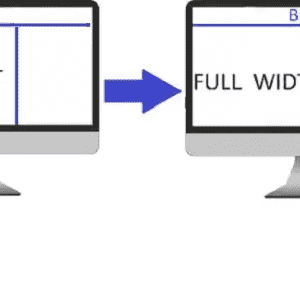A series circuit is a fundamental electrical configuration where components are connected in a single path, forming a loop that allows the flow of electric current.
Understanding how to build a series circuit is essential for anyone interested in basic electronics or DIY projects.
In this article, we’ll guide you through the step-by-step process of creating a simple series circuit.
Table of Contents
Materials Needed
- Power source (battery or power supply)
- Conductive wires
- Lightbulb (or any other resistive load)
- Switch (optional but recommended for control)
- Wire strippers
- Pliers
- Safety goggles
Step 1: Safety First
Before you start building your series circuit, ensure you’re working in a safe environment. Wear safety goggles to protect your eyes from any potential hazards, and make sure your work area is dry.
Step 2: Gather Materials
Collect all the materials needed for your series circuit. Make sure the power source voltage matches the requirements of your components (e.g., lightbulb).
Step 3: Prepare Wires
Use wire strippers to remove insulation from the ends of the wires. Strip approximately 1/2 inch (1.27 cm) of insulation from each end to expose the conductive wire.
Step 4: Connect Power Source
Start by connecting one end of a wire to the positive terminal of the power source (battery or power supply). Connect the other end of the same wire to the positive terminal of the lightbulb.
Step 5: Complete the Loop
Take a second wire and connect one end to the negative terminal of the lightbulb. Finally, connect the other end of this wire to the negative terminal of the power source. This completes the circuit loop.
Step 6: Optional – Add a Switch
For better control over your series circuit, you can insert a switch into the circuit. Connect one end of the switch to the circuit, interrupting either the positive or negative wire. This allows you to open and close the circuit manually, turning the components on and off.
Step 7: Test Your Circuit
Before sealing your circuit, double-check all connections to ensure they are secure. Once confirmed, turn on the power source and observe if the lightbulb lights up. If you’ve added a switch, test its functionality by toggling it on and off.
Conclusion
Building a series circuit is a fundamental skill for anyone interested in electronics. By following these simple steps, you can create a basic series circuit using common components.
As you become more familiar with circuitry, you can experiment with additional components, such as resistors and capacitors, to explore the principles of electronics further. Remember always to prioritize safety when working with electricity.






